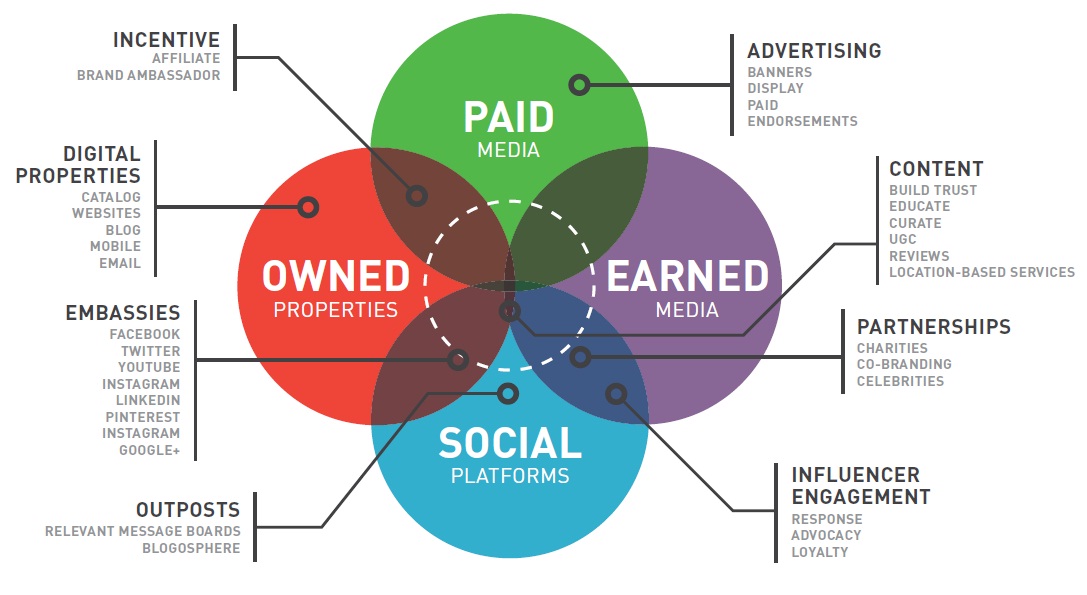Landing a media hit is gratifying and important for you and your client or organization. But coverage is only valuable if people are reading or watching it – and they aren’t necessarily reading the story in their daily newspaper anymore.
The realities of modern media are changing how we monitor and measure coverage. If you haven’t adjusted your evaluation practices already, now is the time to start.
First, a basic question: Do you have media monitoring efforts in place? General best practice recommends that an organization spends no more than 15 percent of its communications/marketing budget on monitoring – but some investment (whether time, money or a combination of both) is necessary to report on your media successes for the year.
To establish an effective monitoring program, you also need to decide 1) what will you measure, and 2) how will you report on success.
Here are some do’s and don’ts for establishing a more meaningful media measurement program:
Don’t use multipliers to report impressions. If you haven’t made the transition already, it’s time to give up multipliers. (That is, taking a publication’s circulation or a TV show’s viewership and multiplying it by a designated number — usually anywhere between 2 and 5 — to demonstrate reach). It’s an inflated, faulty measure.
Do report straight circulation numbers. If you report on audience numbers, it’s best to report straight circulation for print coverage, viewers for broadcast coverage and unique daily visitors for online coverage. (Although most monitoring vendors will report on unique monthly visitors, I prefer to report on daily visitors – online news stories generally have a much shorter shelf life.)
If dropping the multiplier approach creates fear of a bad showing, take the opportunity to educate your management team about your efforts to implement a more meaningful measurement program. Consider easing into the transition by reporting both impressions and audience numbers to start.
Don’t report wire release pick-up as earned media coverage. Consider this common scenario: You distribute a news release via BusinessWire or PR Newswire or some other distribution service. Soon, you receive an email that your release was picked up by Yahoo! Finance with 31,637,039 unique monthly visitors and MarketWatch with 4,562,264 unique monthly visitors.
News wire distribution services certainly have their purpose, but posting your news release on an online news site via a third-party service doesn’t equal earned media coverage. (Have you ever gone to MarketWatch to actually search for your release on the site? Good luck finding it.)
Do report other available wire-service results. Most wire services provide much more meaningful measurements, like the specific number of times a release has been viewed, the number of times someone clicked a particular link in your release, and how your distribution compares to previous distributions. You can also report whether you received any calls or requests for interviews, or actual earned media coverage as a result. Or go a step further and consider setting up analytics to track web traffic that a release drives to your site, and whether it leads to any conversions.
Don’t use Advertising Value Equivalents. This should be a given, but from time to time, we still receive requests for Advertising Value Equivalents (AVEs). These have long been considered an unacceptable measure of the success of public relations programs. In fact, the Barcelona Principles, a core set of guidelines for measuring the impact of media on public relations, specifically addresses the use of AVEs.
AVE measures make a flawed assumption – that advertising and publicity are equivalent, when they’re really not. Advertising and publicity are different communications channels used for different purposes.
Do consider fine-tuning your measurement program to evaluate the following:
- Quality of the media coverage, including tone (negative, positive or neutral)
- Credibility and relevance of the medium to the stakeholder or audience (e.g., a front-page story in a niche trade publication may drive more impact than a brief mention in the Wall Street Journal)
- Key message delivery
- Inclusion of a third-party or company spokesperson
- Prominence
- Engagement (e.g., did the placement drive traffic to your website, or result in calls to your call center? Was it shared or commented on via social channels?)
 Last, but not least, consider how you can leverage your paid, owned and shared channels to extend your earned media coverage.
Last, but not least, consider how you can leverage your paid, owned and shared channels to extend your earned media coverage.
What other tips would you give your peers to improve media monitoring and measurement programs? Have you come across any good resources on the topic? Chime in.
Photo credits: Spin Sucks and ImPRessions
